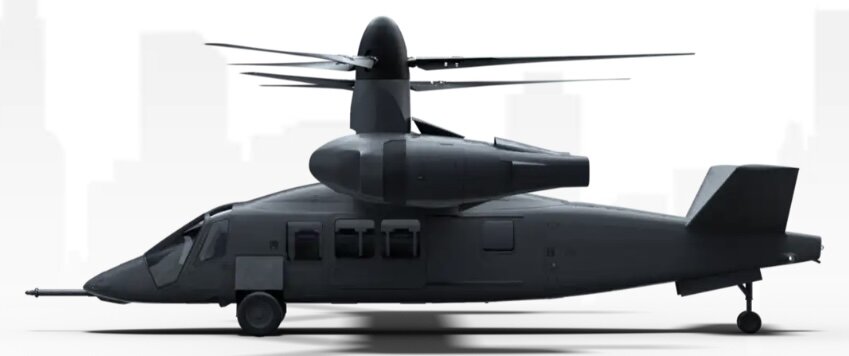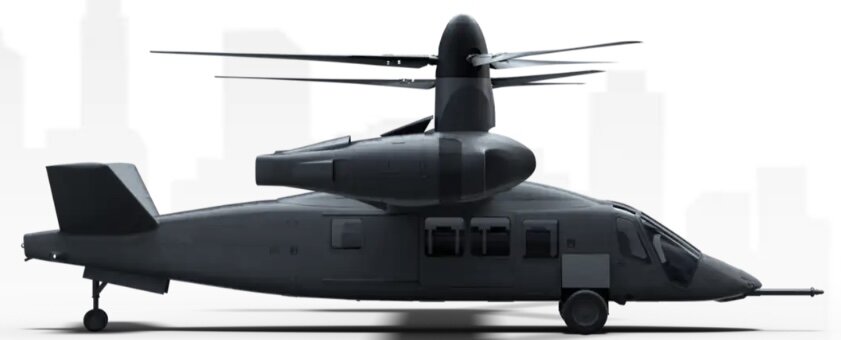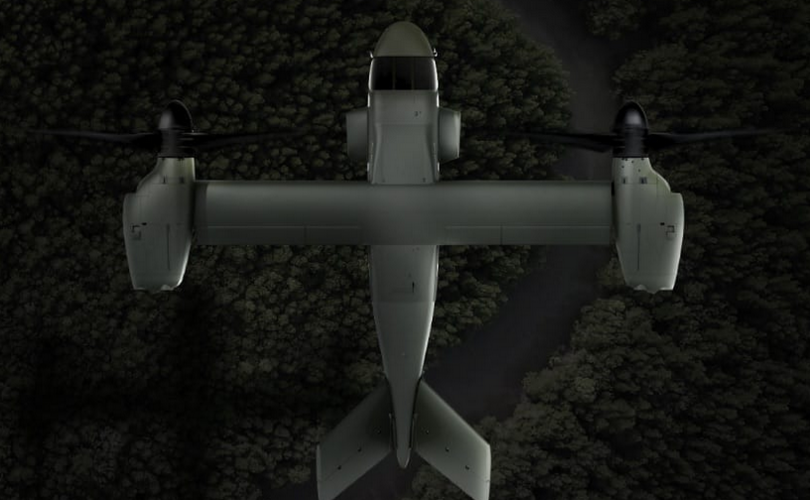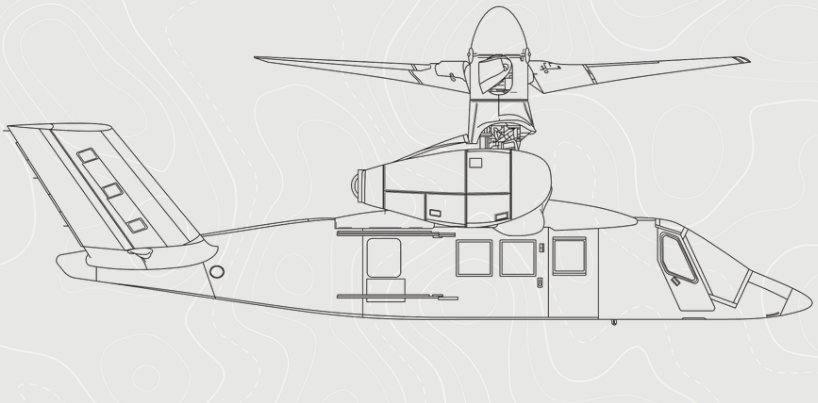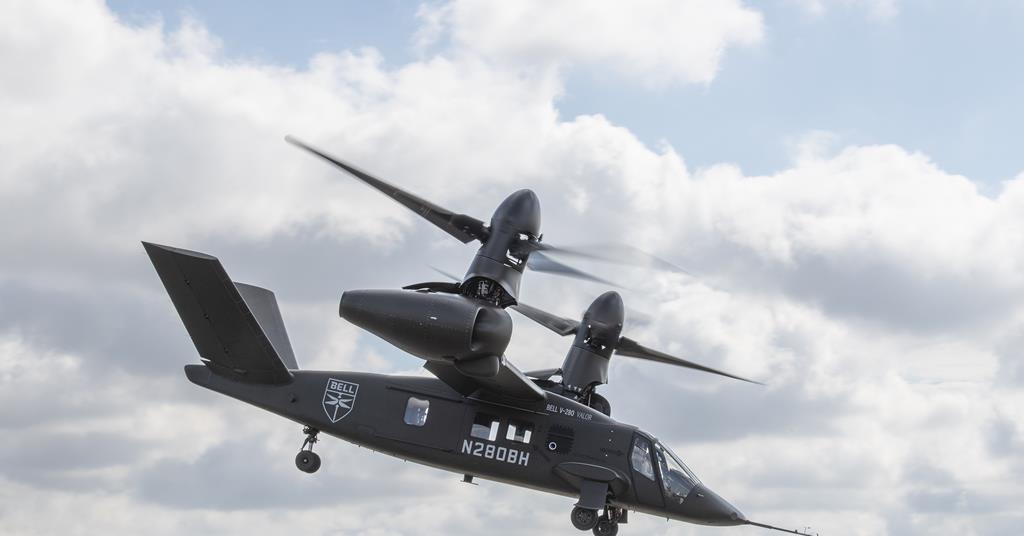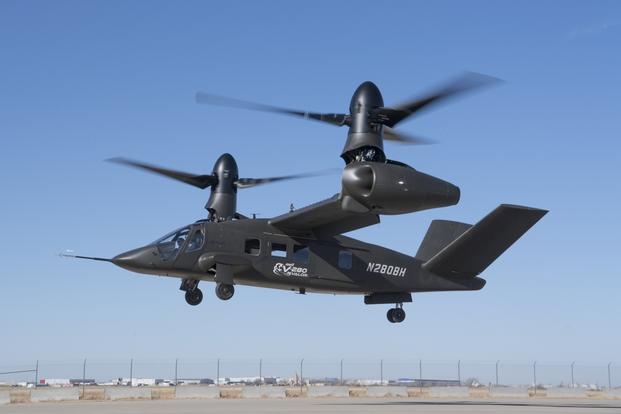Does anyone have a source for a good general arrangement/3-view drawing of the v-280, suitable for model making?
I have jemiba's speculative from the start of this thread, but can't find anything else anywhere.
Does anyone have a source for a good general arrangement/3-view drawing of the v-280, suitable for model making?
I have jemiba's speculative from the start of this thread, but can't find anything else anywhere.
Have you tried the Bell website? They might have one there.
Believe it or not, that was my first choice. Then I read all 18 pages of this thread. Then I tried the other threads using the search engine here. Then I googled for what seemed like hours, and probably was.
I will do my research first, and only when I can't find it somewhere else will I ask on a forum. Sorry if I sound snippy, but really, "did you try Bell" I've been asking Bell since, if you asked nicely, they would send you swell brochures, by mail, and pay the postage.


